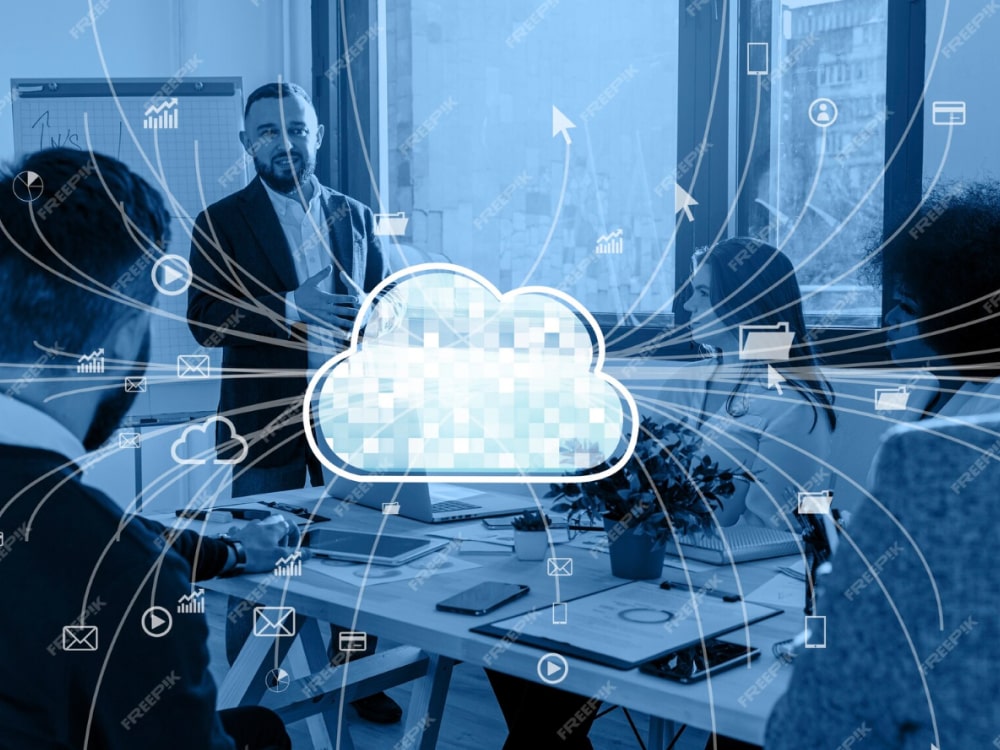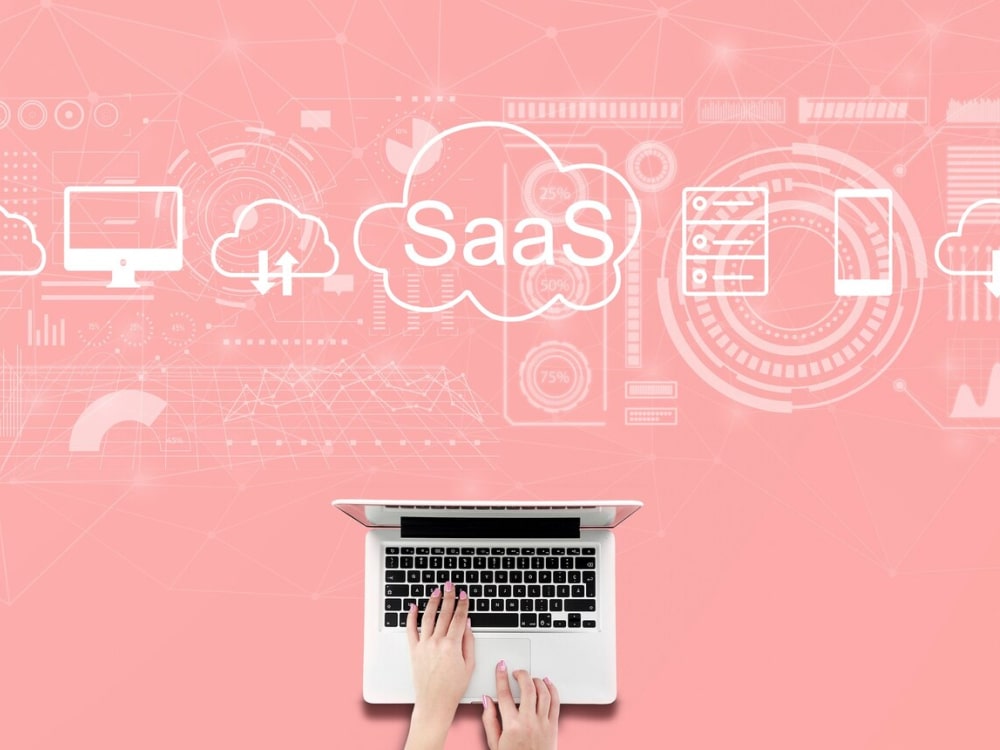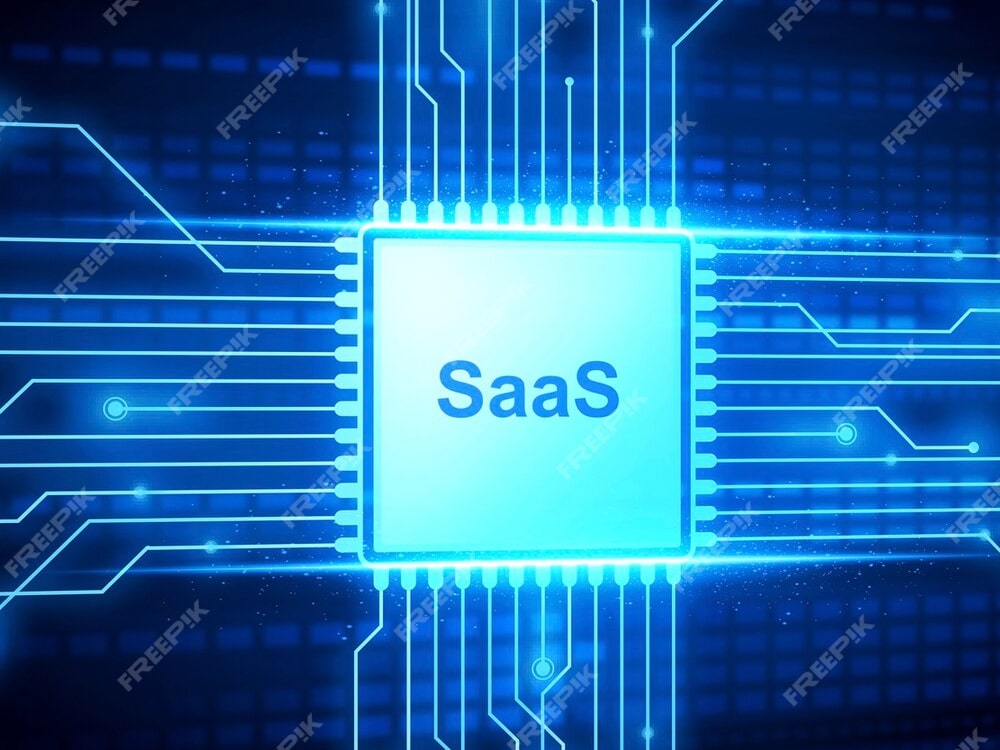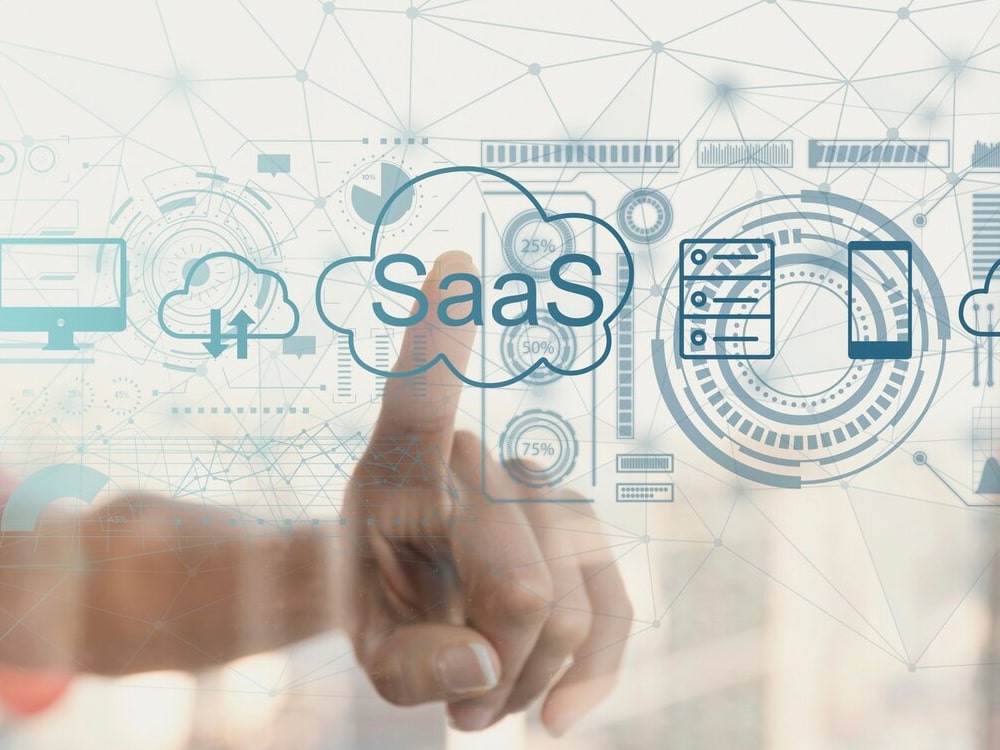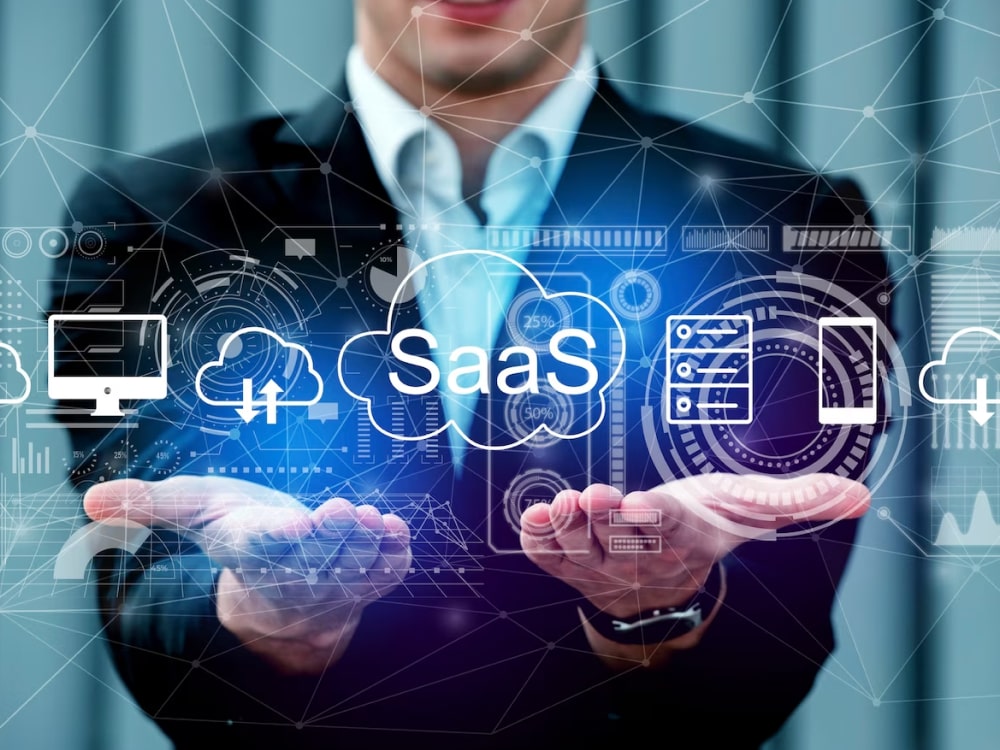Prior to delving further into the realm of SaaS Management and SaaS Management Platforms, it would be beneficial to familiarize oneself with several fundamental terms.
SaaS contract
A SaaS contract is a formal agreement between a service provider and a customer for the utilization of SaaS applications. In the SaaS model, the customer does not possess the software, but rather accesses it on a subscription basis, with payment being made for continued use of the software. The SaaS contract typically delineates the terms and conditions of the service, including the extent of the software provided, payment conditions, security and privacy policies, uptime guarantees, and support services. Additionally, the SaaS contract may contain provisions regarding data ownership, intellectual property rights, and the termination or cancellation of the service.
SaaS license
A Software as a Service (SaaS) license enables the customer to gain access to and utilize the software provided by the vendor through a subscription arrangement. Within the SaaS license, the vendor grants the customer the privilege to employ the software for a specified duration, usually on a pay-as-you-go, monthly, or yearly subscription basis. The license delineates the terms and conditions of usage, encompassing the software’s extent, payment conditions, service level agreements, intellectual property rights, and policies regarding termination or cancellation. Moreover, the SaaS license typically incorporates provisions concerning data ownership, privacy, and security. As the SaaS model has gained significant popularity, the license terms have become more standardized, allowing customers to access and utilize the software with minimal upfront expenses or technical infrastructure prerequisites.
SaaS usage
The utilization of Software as a Service (SaaS) pertains to the degree to which personnel are employing the SaaS applications that are at their disposal. The measurement of SaaS usage is of utmost importance for entities to guarantee that they are maximizing the benefits of the service. Typically, organizations depend on login data and reports furnished by vendors to gauge SaaS usage. Nevertheless, these approaches do not furnish any insight into whether and how employees are utilizing the features within an application. It is plausible that employees may log into an application but not actually utilize it.
SaaS discovery
The process of SaaS discovery holds significant importance in obtaining comprehensive insight into an organization’s SaaS landscape. This pivotal procedure entails the identification and documentation of all SaaS applications in use, encompassing those that lack official approval or management from the organization’s IT department.
Through the utilization of SaaS discovery tools, IT teams can conduct network scans to pinpoint SaaS applications and subsequently evaluate the associated risks. This valuable information can then be leveraged to formulate strategies for effectively managing and safeguarding the SaaS environment, such as streamlining redundant applications or negotiating more favorable terms for the utilized apps.
Shadow IT
Shadow IT is the term used to describe the utilization of technology systems, devices, and applications by employees within an organization without obtaining explicit approval or knowledge from the IT department. This occurrence is influenced by a range of factors, including the convenient accessibility of cloud-based services and the necessity for employees to enhance their productivity and flexibility in their work. Nevertheless, it can present substantial hazards to the organization, such as breaches in security, loss of data, and non-compliance with regulations. Consequently, it is of utmost importance for organizations to establish and enforce policies and procedures that enable the monitoring and management of shadow IT, thereby ensuring the security and integrity of their IT infrastructure.
SaaS procurement
The acquisition and implementation of SaaS applications is commonly referred to as SaaS procurement. This process entails the assessment of various vendors, contract and pricing negotiations, as well as the management of the deployment and adoption of selected SaaS applications. Critical factors to consider include features, pricing models, security, support, and training. Successful SaaS procurement can enable organizations to optimize their utilization of SaaS applications, enhance productivity, and minimize expenses.
SaaS renewal
The act of extending a subscription to a Software as a Service (SaaS) application that is already being utilized by an organization is commonly referred to as a SaaS renewal. When a business initially subscribes to a SaaS service, it is typically for a predetermined period, such as one year. As the subscription period nears its conclusion, the business must make a decision regarding whether to renew the subscription or transition to a different service provider. SaaS renewals encompass various tasks, including contract negotiations, examination of service-level agreements (SLAs), assessment of the software’s value, and evaluation of user feedback. It is crucial to ensure that the renewal terms align with the organization’s needs and objectives, and that the provider is delivering the expected level of service. Effective management of SaaS renewals can assist businesses in maintaining operational continuity, reducing expenses, and guaranteeing access to the most up-to-date features and updates.
SaaS retirement
SaaS retirement refers to the deliberate cessation of usage of a SaaS application. When a business makes the decision to not renew a SaaS subscription, it becomes necessary to completely retire the software from their operational activities. The process of SaaS retirement entails evaluating the impact on the organization, which includes identifying any data that requires migration or replacement, and determining the necessary steps for transitioning to an alternative software solution. It is of utmost importance to retire a SaaS application in a proper manner in order to prevent any disruptions to business operations, and to ensure compliance with all legal and regulatory obligations. The retirement procedure may involve collaborating with the SaaS provider to guarantee the thorough removal of all data and to address any lingering security concerns.
SaaS security
SaaS security pertains to the process of guaranteeing the security and compliance posture of SaaS applications. Given the growing reliance of businesses on SaaS applications to manage their operations, ensuring the security of these applications has become increasingly crucial. SaaS security encompasses the evaluation of the security features and controls of individual applications, as well as the assessment of the overall security and compliance posture of an organization’s entire SaaS portfolio. This involves the identification of any security gaps or vulnerabilities in the applications, the implementation of appropriate security measures to safeguard sensitive data, and the assurance of compliance with regulatory requirements. Proper management of SaaS security can aid businesses in mitigating security risks, reducing the likelihood of data breaches, and maintaining customer trust.














